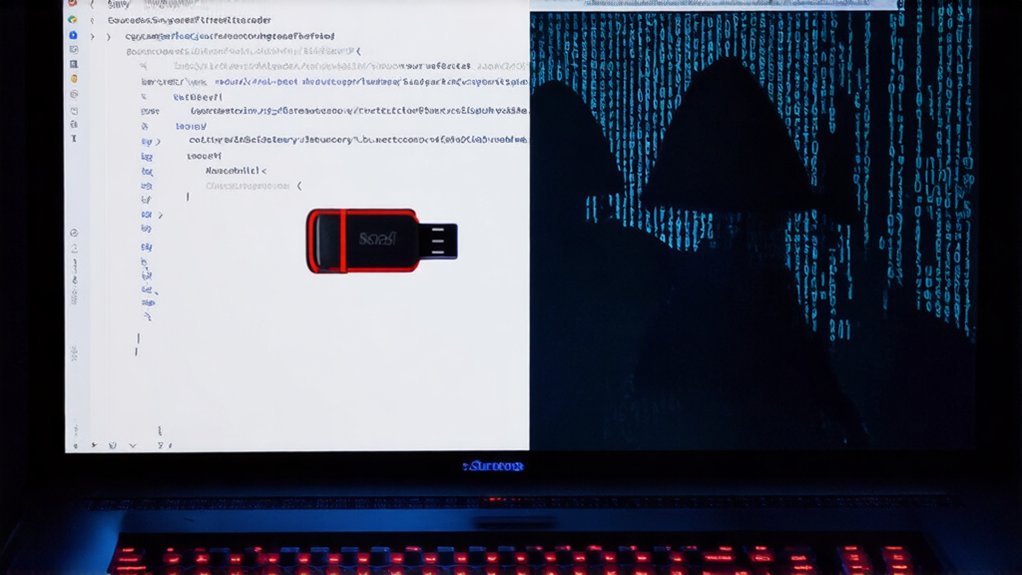While hacktivists once represented the digital equivalent of grassroots protesters, today’s landscape tells a far more complex story. The rebellious hacker in a basement has been replaced by sophisticated operations with suspiciously professional resources. Surprise, surprise: 75-80% of cyber threats against Western nations now link back to state sponsors like Russia, Iran, and China. These countries aren’t just watching from the sidelines—they’re handing out tech, intelligence, and get-out-of-jail-free cards to their digital foot soldiers.
It’s genius, really. Why send in your military when you can deploy keyboard warriors instead? States use these hacktivist personas to dodge international law while still messing with their enemies. The goals aren’t subtle: sow discord, manipulate public opinion, make political opponents look bad. Some groups operate under multiple fake identities simultaneously. Talk about commitment to the bit.
These aren’t your 2010-era hacktivists with their cute little DDoS attacks. Today’s operations combine disruptive attacks, strategic leaks, and sophisticated propaganda campaigns. They’re targeting critical infrastructure and operational technology systems for maximum chaos and attention. The remaining 20-25% of threats come from independent hackers who often align with state interests. Recent analysis has revealed stylistic overlaps between groups like Cyber Army of Russia Reborn, Solntsepek, and XakNet, confirming coordinated efforts. The impact is real and far-reaching.
Modern hacktivists deploy coordinated attacks on critical systems, creating real-world chaos far beyond the amateur disruptions of yesterday.
Good luck figuring out who’s really behind that keyboard. The lines between genuine activism, state-sponsored operations, and old-fashioned cybercrime have never been blurrier. States deliberately stage operations to look like independent activism. Sometimes they even hijack legitimate hacktivist infrastructure to further muddy the waters. Clever, right?
The phenomenon explodes during conflicts. Look at Ukraine—both sides deploy digital armies. The IT Army of Ukraine and Russia’s KillNet aren’t exactly subtle about their allegiances.
Similar patterns emerge in Middle East conflicts, with Iran frequently suspected.
What we’re witnessing isn’t random digital vandalism. It’s the evolution of statecraft into cyberspace—a calculated strategy where nations can attack rivals without officially declaring war. The digital protest sign has become a weapon of state, whether we recognize it or not.




